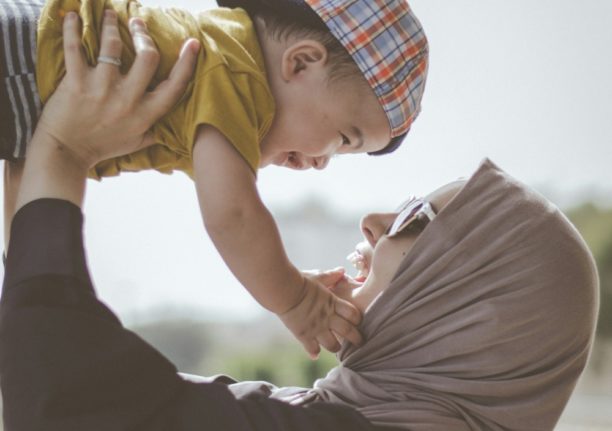The justice spokesperson with senior coalition partner the Social Democrats, Bjørn Brandenborg, told regional media TV2 Fyn that he wants authorities to have the power to remove children from their families in certain circumstances where the parents are gang members.
Brandenborg’s comments came on Monday, after Odense Municipality said it had spent 226 million kroner since 2009 on social services for eight specific families with gang connections.
“There is simply a need for us to give the authorities full backing and power to forcibly remove children early so we break the food chain and the children don’t become part of gang circles,” he said.
The measure will be voted on in parliament “within a few weeks”, he said.
An earlier agreement on anti-gang crime measures, which was announced by the government last November, includes provisions for measures of this nature, Brandenborg later confirmed to newswire Ritzau.
“Information [confirming] that close family members of a child or young person have been convicted for gang crime must be included as a significant and element in the municipality’s assessment” of whether an intervention is justified, the agreement states according to Ritzau.
The relevant part of November’s political agreement is expected to be voted on in parliament this month.
READ ALSO: Denmark cracks down on gang crime with extensive new agreement
Last year, Justice Minister Peter Hummelgaard told political media Altinget that family relations to a gang member could be a parameter used by authorities when assessing whether a child should be forcibly removed from parents.
In the May 2023 interview, Hummelgaard called the measure a “hard and far-reaching measure”.



 Please whitelist us to continue reading.
Please whitelist us to continue reading.
Member comments